Nestled in the northern part of Hunan Province, China, Zhangjiajie National Forest Park stands as a breathtaking testament to nature’s artistry. Known for its towering sandstone pillars, lush greenery, and mist-shrouded peaks, the park has captivated travelers and photographers alike. Its otherworldly landscape even inspired the floating mountains in James Cameron’s Avatar. But beyond its cinematic fame, Zhangjiajie is a living ecosystem teeming with biodiversity and cultural significance.
The park’s most iconic features are its quartz-sandstone pillars, some reaching over 1,000 meters in height. These jagged formations were sculpted over millions of years by erosion, weathering, and tectonic activity. Walking through the park feels like stepping into a surreal painting—narrow pathways wind through dense forests, while sudden drops reveal vertigo-inducing cliffs. The Avatar Hallelujah Mountain, formerly known as the "Southern Sky Column," has become a pilgrimage site for fans of the film, though its natural grandeur predates Hollywood by eons.
Beyond the geological wonders, Zhangjiajie is a sanctuary for rare flora and fauna. The park is home to over 3,000 plant species, including the endangered Dove Tree (Davidia involucrata), whose white bracts flutter like handkerchiefs in the wind. Wildlife enthusiasts might spot the elusive Chinese giant salamander or hear the call of the silver pheasant echoing through the valleys. This rich biodiversity earned the park UNESCO Global Geopark status in 2004, cementing its role as a conservation priority.
Cultural heritage intertwines with the landscape. The Tujia and Miao ethnic minorities have inhabited these mountains for centuries, their traditions shaped by the rugged terrain. Visitors can witness vibrant folk dances, sample fiery chili-laden dishes, or stay in wooden stilt houses perched on hillsides. The Yellow Stone Village, named after a legendary hermit, offers not only panoramic views but also a glimpse into local legends—where every rock formation seems to whisper a myth.
Seasonal shifts transform the park dramatically. Spring blankets the peaks in azalea blossoms, while autumn sets the forests ablaze with golden hues. Winter, though less crowded, drapes the pillars in snow, creating a silent, ghostly beauty. Summer’s mist often obscures the vistas, but patience rewards travelers with sudden reveals of sunlit pinnacles piercing through the fog. Each season demands a different pace—a reminder that nature’s spectacle cannot be rushed.
Modern infrastructure coexists carefully with the wild terrain. The Bailong Elevator, an engineering marvel, ascends 326 meters vertically along a cliff face, offering dizzying views without disturbing the ecosystem. Glass walkways cling to sheer drops for adrenaline seekers, while electric shuttles minimize pollution. Yet, debates persist about balancing tourism with preservation—how much development is too much in a place that feels like it belongs to another world?
For those willing to venture beyond the postcard spots, hidden trails lead to secluded temples or waterfalls where the only sound is cascading water. The Golden Whip Stream meanders for miles under canopies of maple and pine, its crystal-clear waters reflecting the towering pillars above. Here, time slows down, and the modern world fades into irrelevance.
Zhangjiajie’s magic lies not just in its visual splendor but in its ability to evoke awe—an emotion increasingly rare in our digitized lives. To stand atop Tianzi Mountain at dawn, watching the sun ignite the sea of clouds below, is to witness a primal beauty that defies language. It’s a reminder that some wonders resist human comprehension, existing simply to remind us of our small, fleeting place in Earth’s grand tapestry.

By /Jun 9, 2025
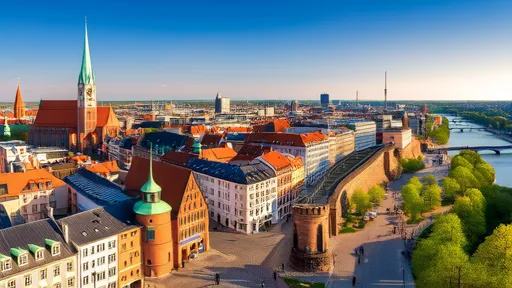
By /Jun 9, 2025
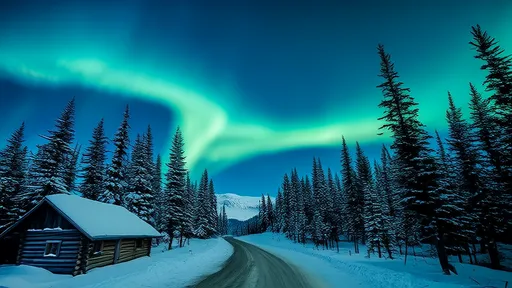
By /Jun 9, 2025
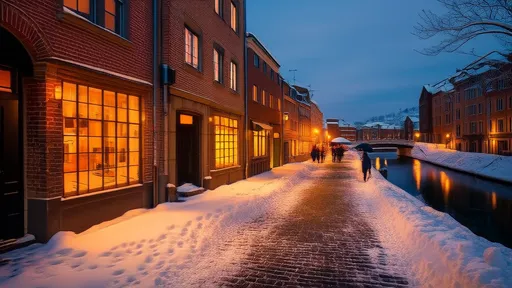
By /Jun 9, 2025

By /Jun 9, 2025
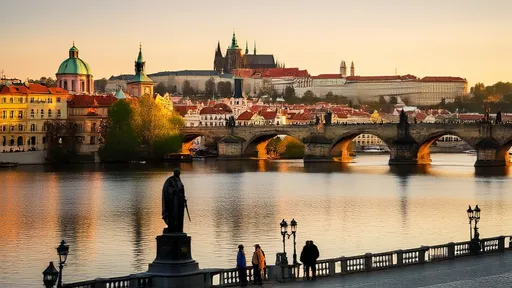
By /Jun 9, 2025
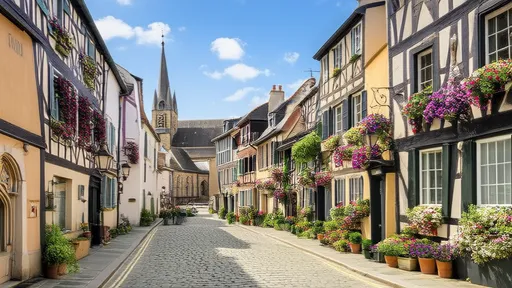
By /Jun 9, 2025
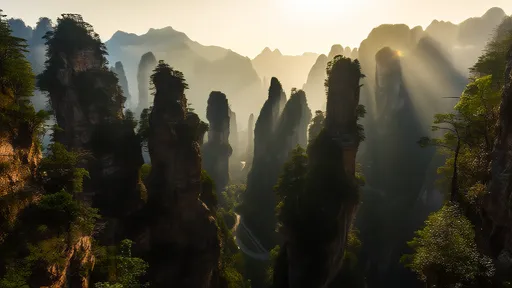
By /Jun 9, 2025
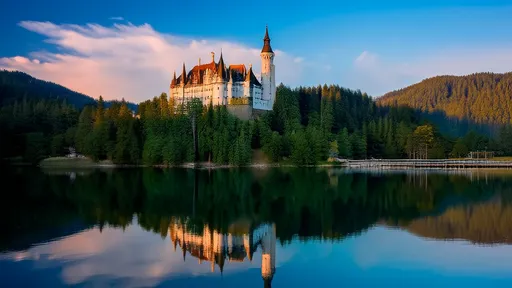
By /Jun 9, 2025

By /Jun 9, 2025
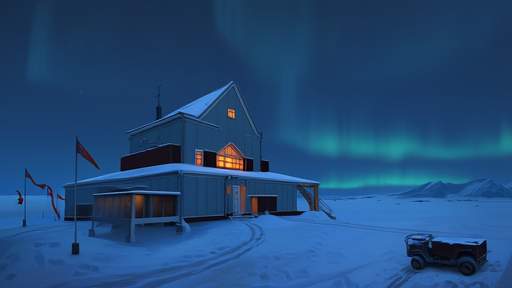
By /Jun 5, 2025
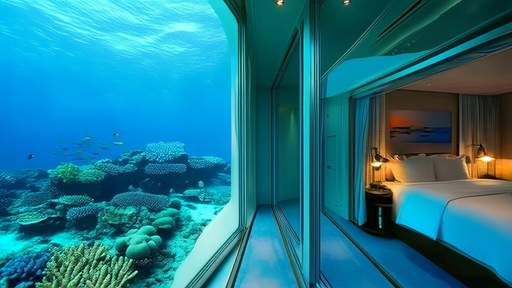
By /Jun 5, 2025
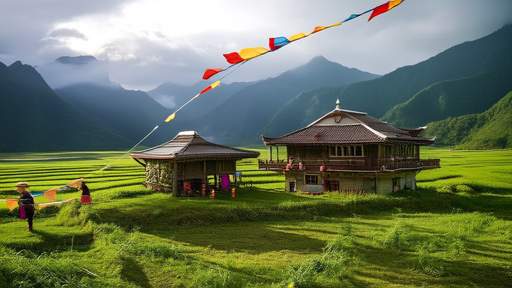
By /Jun 5, 2025
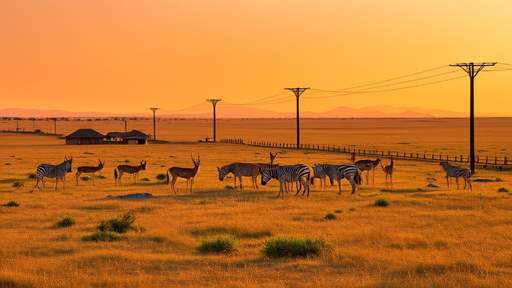
By /Jun 5, 2025
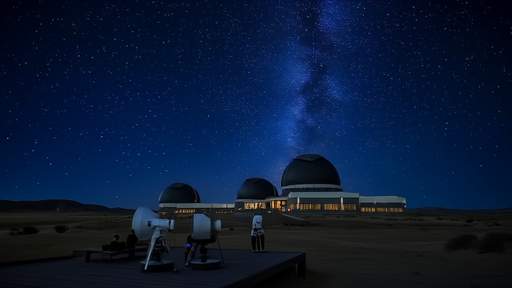
By /Jun 5, 2025
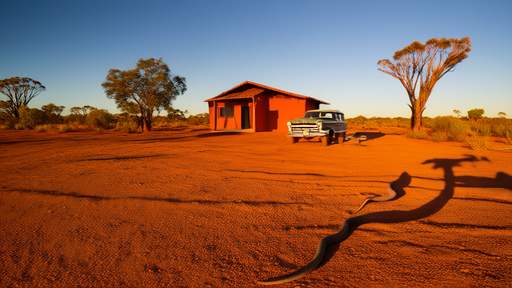
By /Jun 5, 2025
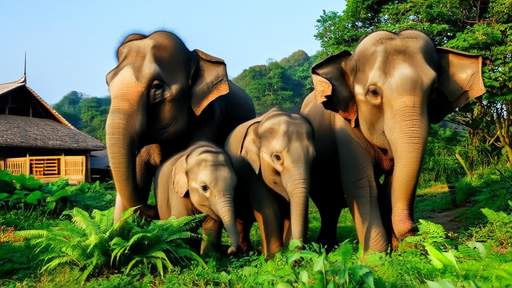
By /Jun 5, 2025

By /Jun 5, 2025
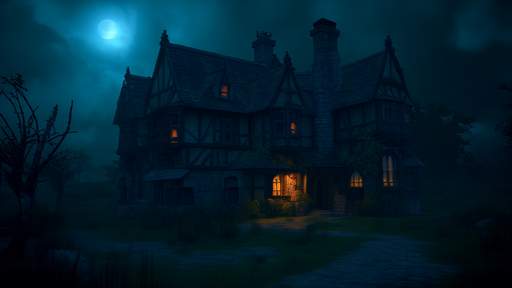
By /Jun 5, 2025